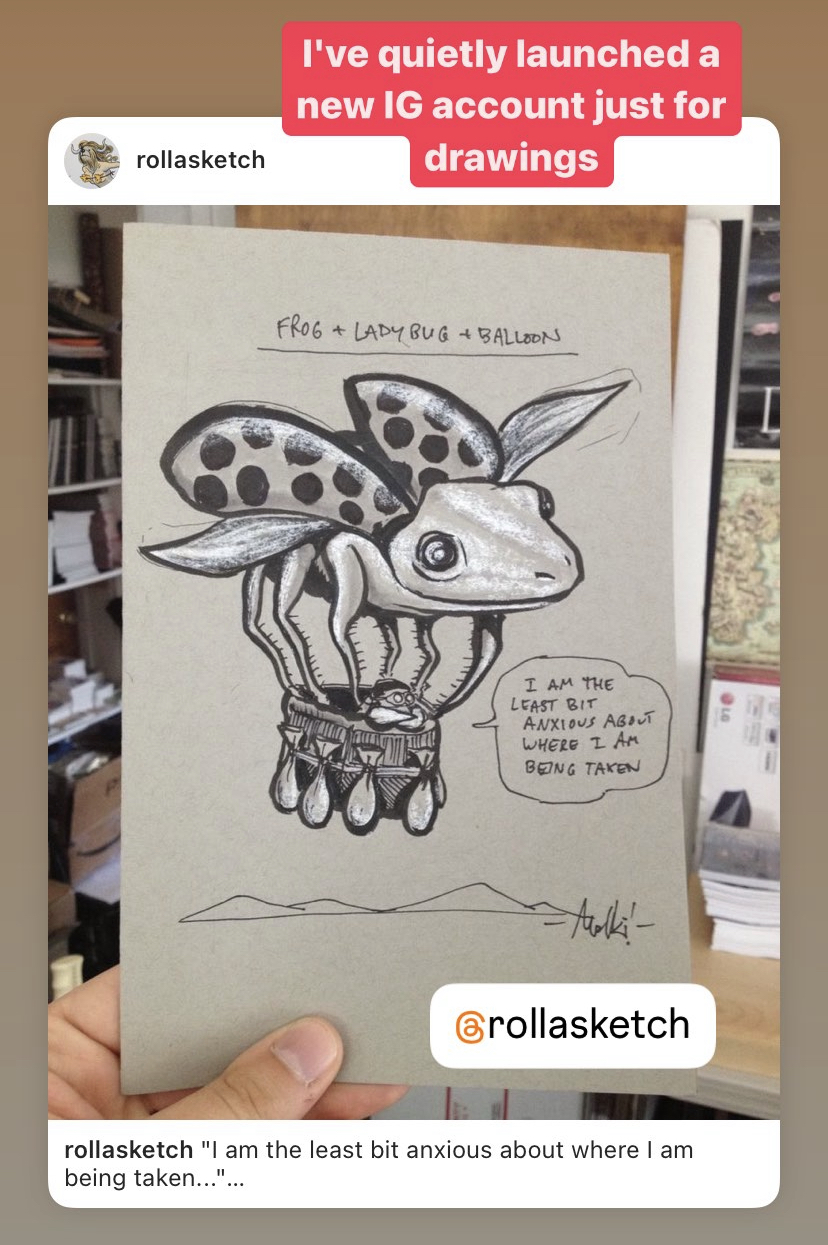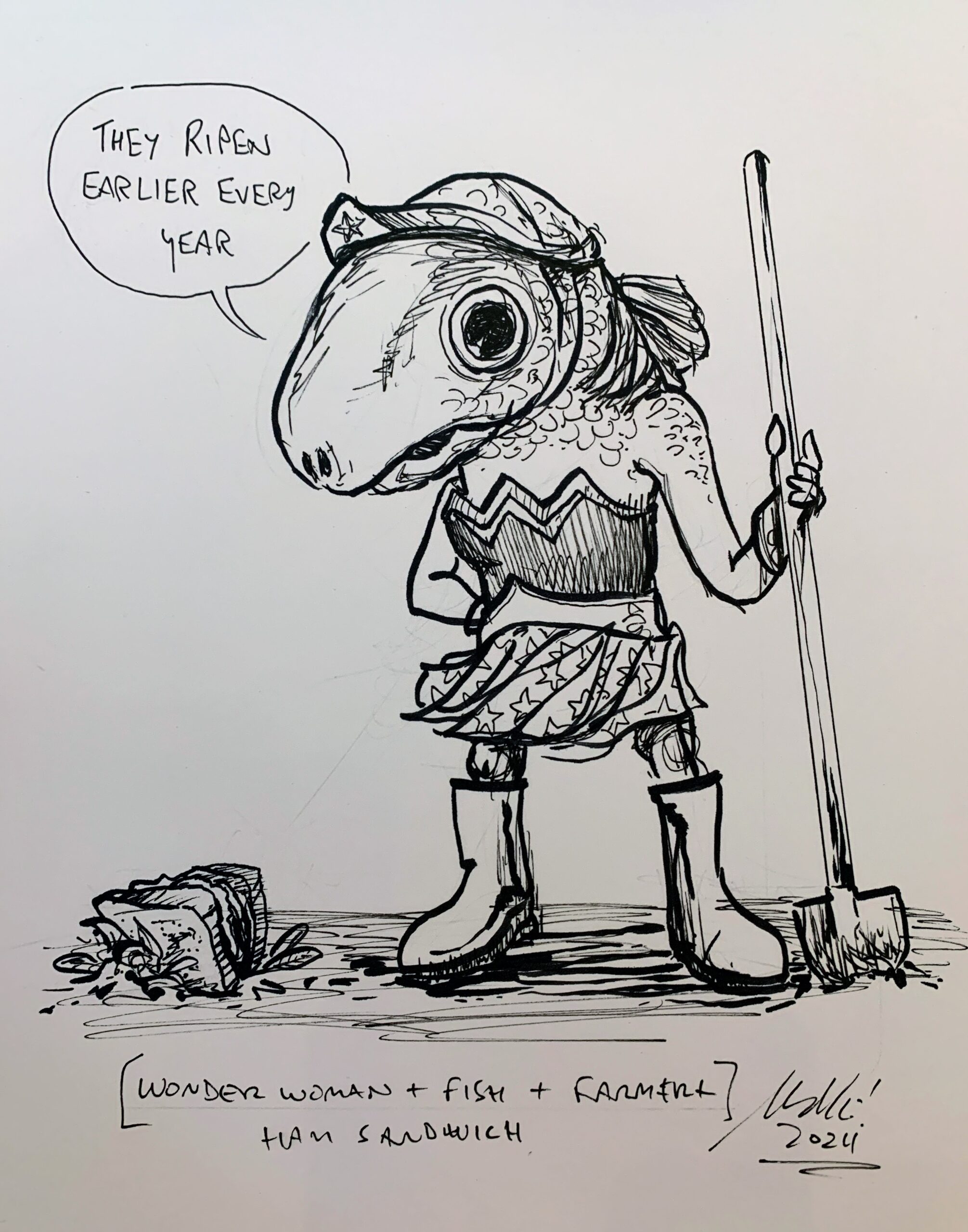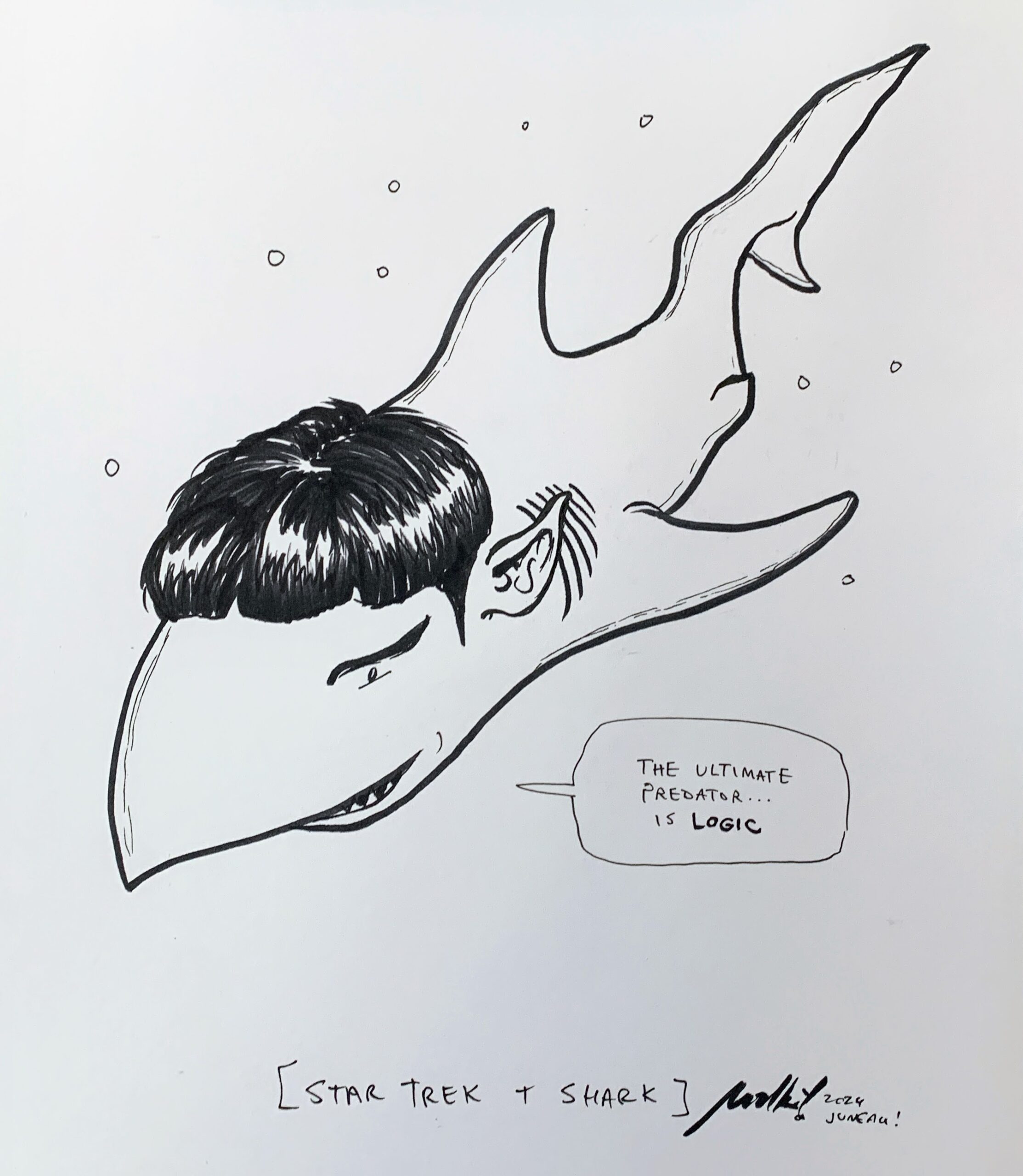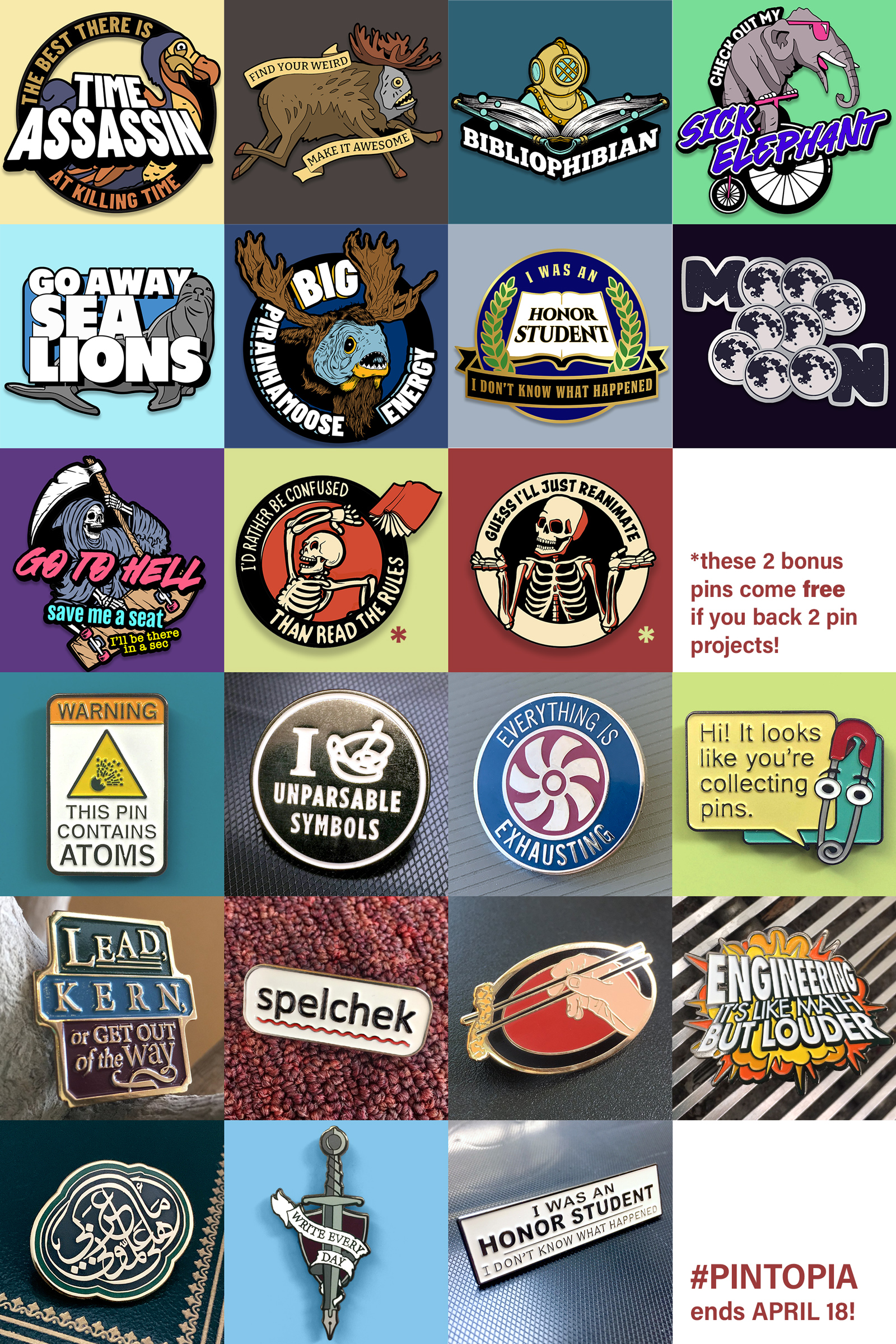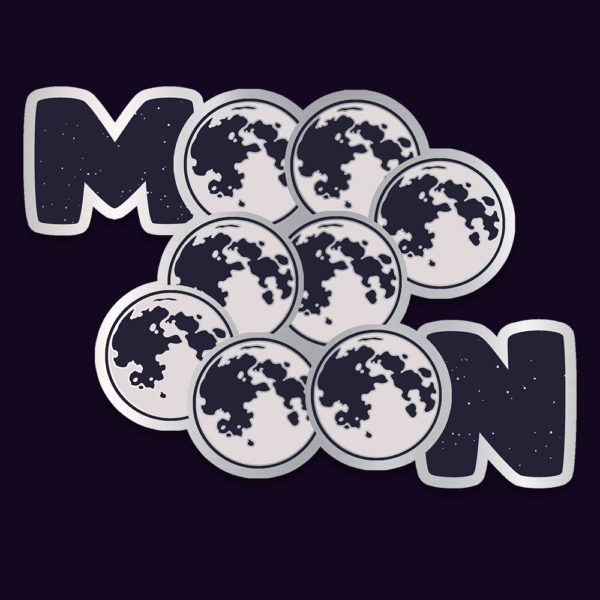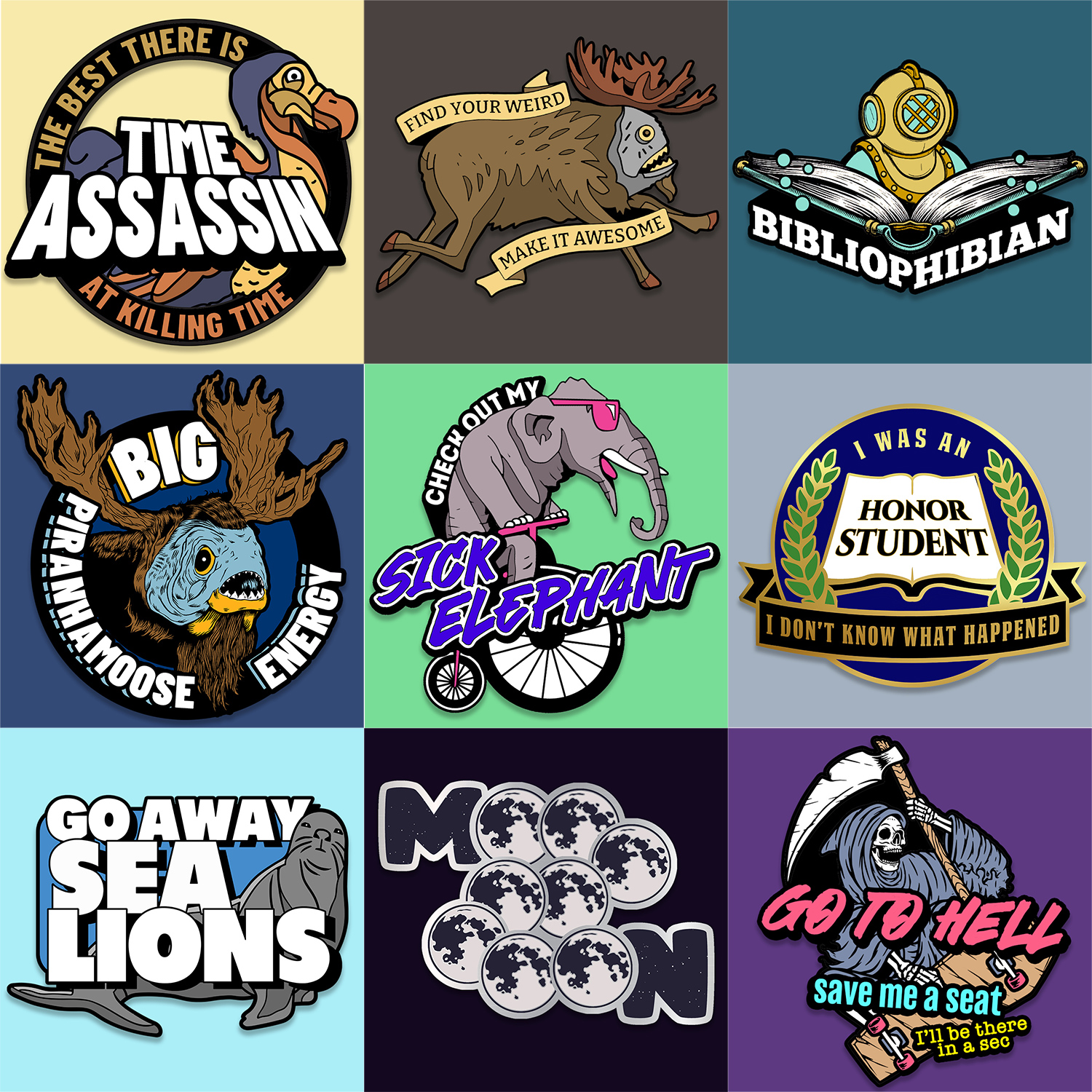
This Saturday, May 18, starting at 10AM Pacific time, I’ll be doing a live “Ask Me Anything” on /r/comics.
I’ve been informed that the mods will make the actual post a few hours earlier, for questions to start rolling in. UPDATE: Here is the link to the thread!
I will of course (as is tradition) award a prize to the best question asked during the AMA.
I’ve done a few AMAs before, and topics previously discussed include:
➡️ In 2018:
- Sick elephants!
- Exclamation marks!
- Sea lions!
➡️ In 2013:
- The Machine of Death books and card game!
- Tweet Me Harder, the podcast I did with Kris Straub that (at that point) had only recently concluded!
- The art and state of webcomics!
Super interesting to see how things have changed and evolved since I gave those answers. Most of them still ring true, but a few have the lingering taste of “the way things were a while ago” on them now.
Anyway, please tune in this weekend to ask new questions and read new answers!!

